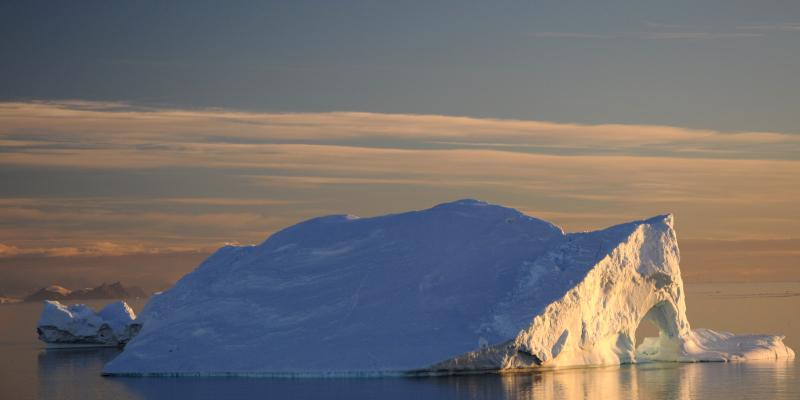Research project
Understanding rising seas and ice by linking coupled models and past climates (RISICMAP19)
- Start date: 1 December 2020
- End date: 31 May 2023
- Funder: NERC
- Value: £781,494.00
- Partners and collaborators: Miren Vizcaino (TU Delft), Heiko Goelzer (NORCE)
- Primary investigator: Dr Ruza Ivanovic
- External primary investigator: Robin Smith (University of Reading, NCAS)
- Co-investigators: Dr Lauren Gregoire
- External co-investigators: Jonathan Gregory (University of Reading, NCAS, Met Office Hadley Centre), Tamsin Edwards (King's College London), Vicky Lee (University of Bristol)

Sea level change is one of the mostly widely recognised and potentially serious consequences of climate change due to emissions of greenhouse gases. It concerns both public and policymakers, because of its adverse impact on the populations and ecosystems of coastal and low-lying areas. This impact is expected to increase for centuries to come.Although the impact of major sea level changes may not be felt in the UK for decades or longer, being able to make reliable projections of sea level change now is of large socio-economic benefit.
For example, planning decisions need to be made concerning coastal infrastructure, such as the Thames Barrier, that costs billions of pounds and must last for decades. The contribution to sea level change from melting polar ice sheets has already raised global sea levels by around 20 mm since 1993, and this rate is expected to grow over the 21st century. It is also the most uncertain part of the sea level change budget, largely because the science of modelling how large ice sheets evolve together with climate has been severely limited by how well climate and ice sheet models work together.
Our need to understand the interplay between the physical processes that are resulting in the loss of mass from polar ice sheets and make projections of not only the most likely amount of sea level change, but also to assign probabilities to more extreme cases (which may be less likely, but have much greater impact) is becoming increasingly urgent. For instance, the current ISMIP6 project, an international multi-ice sheet model activity of the World Climate Research Programme, is the first international, collaborative effort to make projections of the ice sheet contribution to future sea-level change within the context of the Intergovernmental Panel on Climate Change.
However, the present lack of scientific knowledge about the co-evolution of climate and ice sheets requires ice sheet modellers to adopt a number of shortcuts in carrying out projections like this. These short-cuts are needed in the models to describe how the ice sheets may be affected by the changing climate (and vice-versa) and they limit how far ahead into the future we can make projections.
The international community are developing new climate and ice sheet models that run together and interact directly with each other. These can help us understand the physics of how climate and ice sheets feedback on each other, but it can be difficult to be sure that these models are accurate, as we do not have many observations of how the feedbacks really operate in practice - the last time major changes in ice sheet and climate happened together on Earth was thousands of years ago.
In this project we will combine evidence from those major past changes with modern observations of ice sheets,and use them to assess how well our coupled climate and ice sheet models work and to make the models more physically realistic. This will help us understand more about climate and ice sheet feedback processes, and, using novel statistical methods, will let us make new projections of how ice sheets will change that take account of these feedbacks and can look further into the future.
Our improved models will also tell us about how we can make better future sea-level projections when we have to run ice sheet models alone. We ultimately aim to improve our understanding of climate-ice sheet interactions and equip the ice sheet and climate modelling communities with better tools to make future projections of sea level change.

